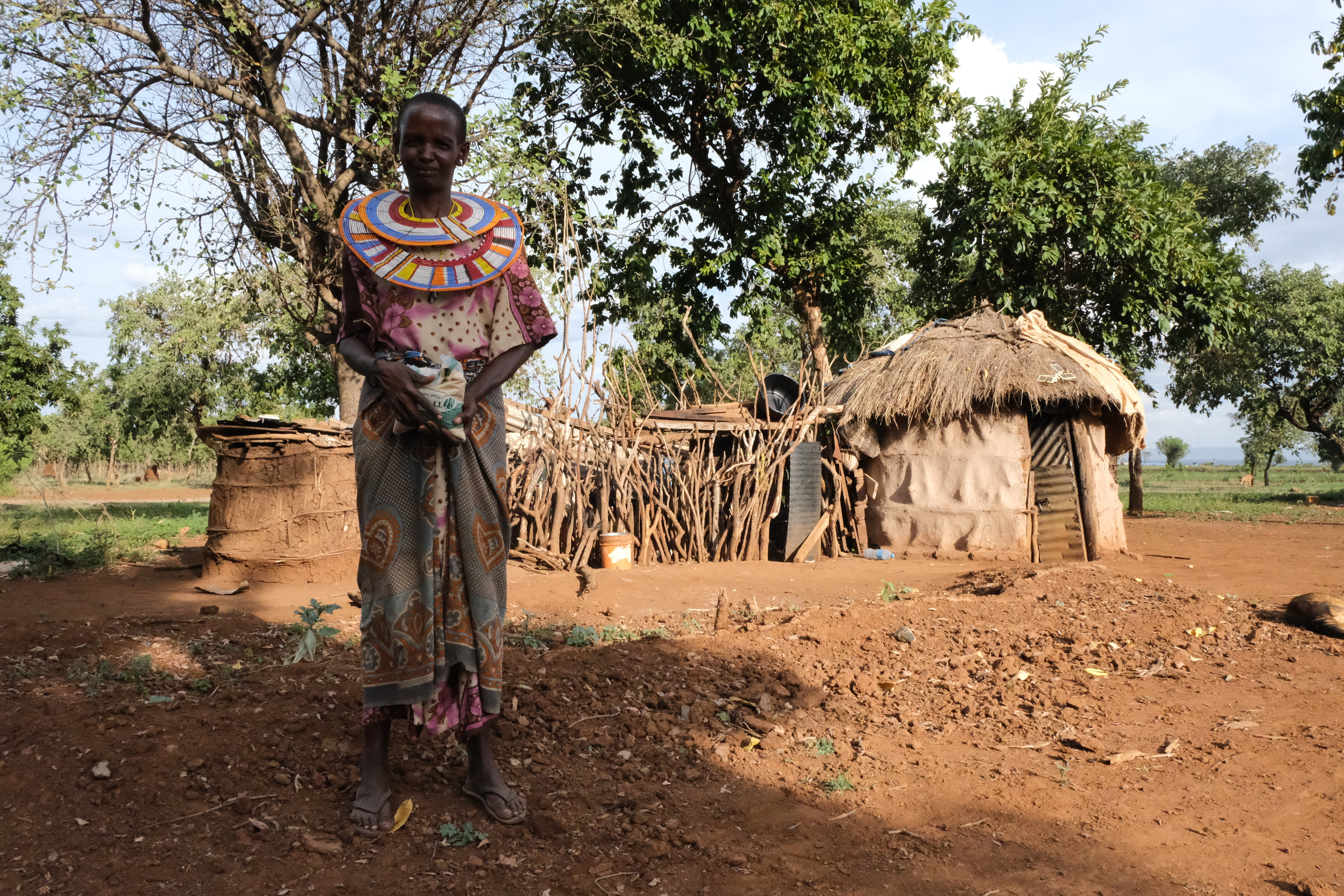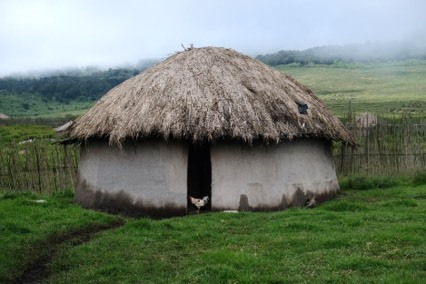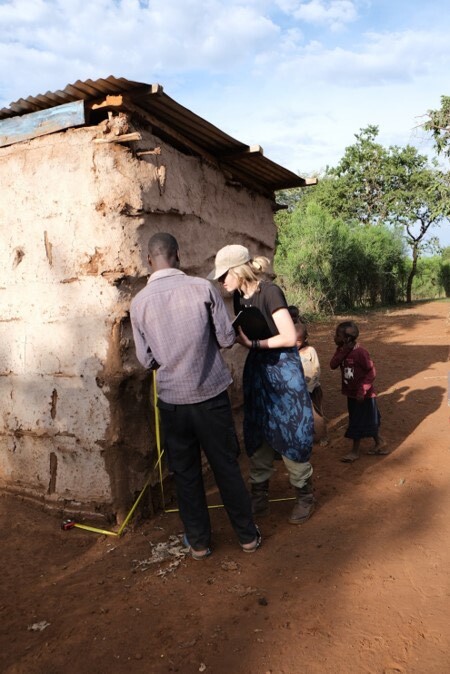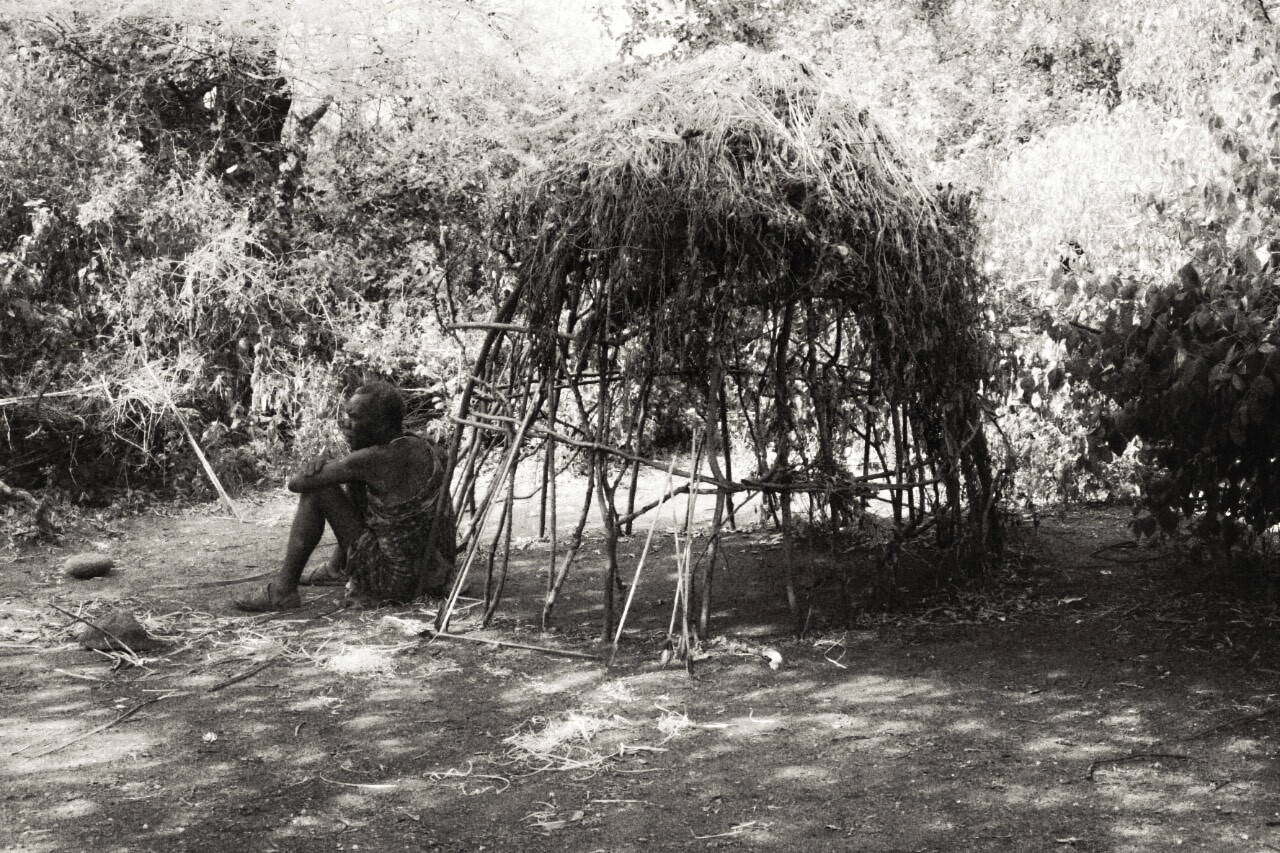Istraživačke impresije iz Afrike studentkinje pete godine Arhitektonskog fakulteta
Studentkinja pete godine Arhitektonskog fakulteta Univerziteta Crne Gore Sara Stojkanović boravi u Africi gdje realizuje istraživanja u okviru master završnog ispita. Tim povodom prenijela nam je dio istraživačkih impresija sa afričkog kontinenta.
 U vernakularnoj arhitekturi u razvoju i tranziciji kao što je ona na granici Kenije i Tanzanije, arhitekta je u jedinstvenoj poziciji da oživi vjeru jednog plemena u njegovu nestajuću kulturu.
U vernakularnoj arhitekturi u razvoju i tranziciji kao što je ona na granici Kenije i Tanzanije, arhitekta je u jedinstvenoj poziciji da oživi vjeru jednog plemena u njegovu nestajuću kulturu.
Prvo pitanje je bilo da li možemo da se ubacimo u generacijsko iskustvo autohtonog nomadskog plemena Masaai koje je migriralo iz Južnog Sudana, tako da se razumiju sve spore modifikacije uzrokovane klimatom i prirodnom sredinom tokom vjekova, prije neizbježnog iskoraka u nova prostorna iskustva. Arhitekta, ovdje, treba da se vrati na početak i pusti da nova građevina raste iz ljudi koji će u njoj živjeti.
Rezultati višemjesečnog terensko-istraživačkog rada u Kilimandžaro regiji istočne Afrike nude alternativni kontekst i pristup nestajućoj arhitektonskoj tradiciji autohtonog plemena Masaai. Intenzivno istraživanje sprovodi se u okviru davanja dizajnerskog odgovora na planirano iseljavanje takvog stanovništva iz Ngorongoro kratera, zaštićene vulkanske regije, u Tangu, grad na obali Tanzanije.
Kao kontinent koji se sve brže urbanizuje u prethodne tri decenije, Afrika dobija ulogu u globalnoj ekonomiji. Trend rasta će se nastaviti zahvaljujući makroekonomskoj klimi na kontinentu i mikroekonomskim reformama u zemljama kao što je Tanzanija. Opsežan proces planiranja za Kilimandžaro regiju ilustruje ciljeve i integracije kroz fizički razvoj, uključujući arhitektonsko nasleđe. Odavde, ispituju se reference i uključivanje očuvanja tog nasleđa u prioritete planiranja postkolonijalnih, postkonfliktnih gradova i gradova u razvoju koji imaju za cilj da funkcionišu kao globalni.
 Neformalna, autohtona naselja su se razvijala prvobitno oko ivica prirodnih rezervata Kilimandžara i vulkanskih područja, i od tada se postepeno iseljavaju i udaljavaju. Jaz između načina života nekada i sada, mada na prvi pogled neprimjetan, zahtijeva hibridnost današnjeg urbanog života i njegove potrebe za širenjem, sa prostorima koji su u skladu sa kulturnim normama autohtonog stanovništva. Sve češće se nastoji unijeti prostorna inovacija u jedno područje koje je visoko osjetljivo na današnje državne, kulturne aspiracije što dovodi u pitanje spremnost pomenutog iskoraka u nova prostorna iskustva jedne od najstarijih afričkih zajednica koja i danas živi u prepoznatljivim uslovima i jedinicama.
Neformalna, autohtona naselja su se razvijala prvobitno oko ivica prirodnih rezervata Kilimandžara i vulkanskih područja, i od tada se postepeno iseljavaju i udaljavaju. Jaz između načina života nekada i sada, mada na prvi pogled neprimjetan, zahtijeva hibridnost današnjeg urbanog života i njegove potrebe za širenjem, sa prostorima koji su u skladu sa kulturnim normama autohtonog stanovništva. Sve češće se nastoji unijeti prostorna inovacija u jedno područje koje je visoko osjetljivo na današnje državne, kulturne aspiracije što dovodi u pitanje spremnost pomenutog iskoraka u nova prostorna iskustva jedne od najstarijih afričkih zajednica koja i danas živi u prepoznatljivim uslovima i jedinicama.
 Masaai zajednice postoje u kontekstu pejzaža koji ima jasno definisane granične uslove. Zahtjevi i ograničenja tako jasnog razgraničenja (kulturnog, državnog i prirodnog) traže uvažavanje i ukoliko se pristupa transformaciji - postojanje interakcije sa izgrađenim. Uzimanje u obzir i posmatranje postojećih plemenskih boma i samog pejzaža, nudi generatore za finalni projektantski odgovor koji obuhvata prirodno i građeno.
Masaai zajednice postoje u kontekstu pejzaža koji ima jasno definisane granične uslove. Zahtjevi i ograničenja tako jasnog razgraničenja (kulturnog, državnog i prirodnog) traže uvažavanje i ukoliko se pristupa transformaciji - postojanje interakcije sa izgrađenim. Uzimanje u obzir i posmatranje postojećih plemenskih boma i samog pejzaža, nudi generatore za finalni projektantski odgovor koji obuhvata prirodno i građeno.
Interakcija i život sa najstarijim plemenima afričkog tla, smjena klanova i kultura na lokaciji, kroz usvojenu metodologiju daju prvi uvid u odbijanje saradnje pri izmještanju sela, podržanom od strane tanzanijske vlade i organizacija za zaštitu nasledja i biodiverziteta, kao posledice uvjerenja da prihvatanje može biti interpretirano kao pristanak na novo i nemogućnosti verbalizovanja savremenih potreba i arhitektonskih ideja. Medjutim, ako se može vidjeti preko slučajnog rasporeda boma i intuitivno gradjenih elemenata njihove tradicionalne kuće, linije na takvoj komuniciraju instruktivnu lekciju u arhitekturi, kroz specifično razvijen arhitektonski dijalekt zajednice.
Stav prema izabranoj problematici polazi od kritičke ocjene postojeće politike (ne)očuvanja Masai lokaliteta u pogledu vremena, lokaliteta i arhitekture koja naglašava činjenicu da su u Kilimandžaro regiji potrebni višestruki pristupi kroz očuvanje tradicije, koji treba da poštuju nekoliko polaznih normi za intervenisanje postavljenih rezultatima terensko-istraživačkog rada kao druge od tri faze izrade master teze.

Foto: Privatna arhiva




